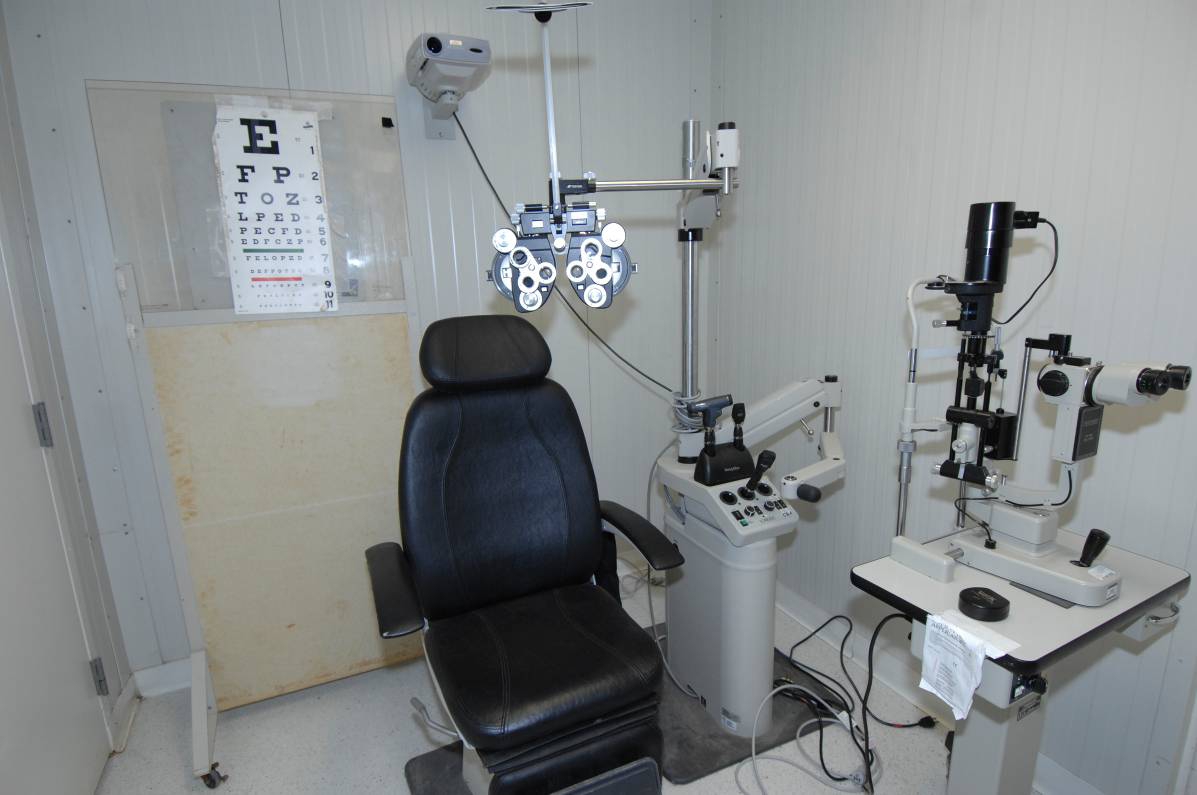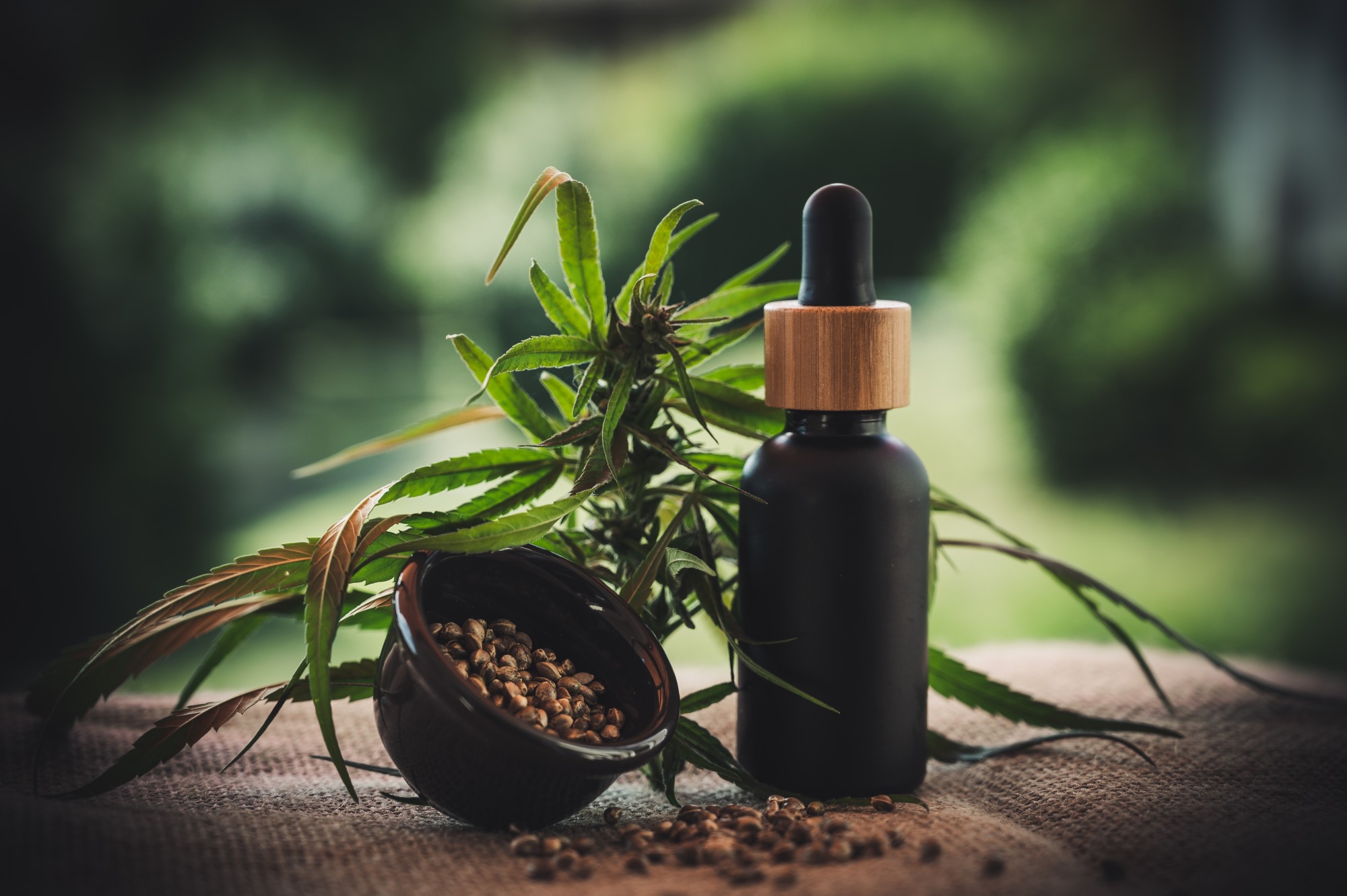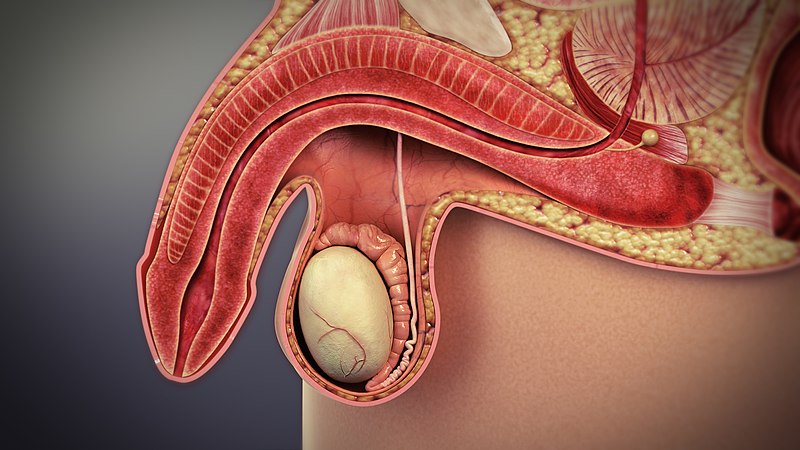There seems to be an old wives’ tale for every occasion. From eating crusts to give you curly hair or not leaving the house with wet hair, these stories are everywhere. Many of these myths and tales focus on health , but these might not be reliable or truthful, such as the tale of “step on a crack, break your back”. Yes, some of them are not to be taken seriously, but of those that seem to have become accepted as fact, are they true and which should not be trusted? Pharma Nord UK, who stock vitamin D3 supplements, debunk some of the most common health myths.
You’ll Get Arthritis
“Don’t crack your knuckles! You’ll get arthritis!” This is one of the most common tales and assumptions regarding health. Research has found that up to 54% of us actually do it — whether it’s pulling the tip of each until they crack, making a fist or bending our fingers away from our hand. Men are also more likely to do it. The popping noise and sensation is created by the spaces between the joints increasing, which causes gases dissolved in the synovial fluid to form microscopic bubbles. These bubbles then merge into larger bubbles and are popped by additional fluid that has filled the enlarged space.
The general thought is that cracking joints causes mechanical joint deterioration. However, a study from 2010 claimed that there was no difference in the prevalence of osteoarthritis between those who did or did not crack their knuckles.
To put it simply it seems you can keep on cracking… for now!
Soapy Bed?
There’s nothing worse than getting muscle cramps in your sleep! This myth suggests that by placing a bar of soap beneath your pillow prevents muscle cramps specifically in your legs. While those who perform this method stand by it, there is no plausible or scientific explanation that has been given to suggest that this does actually work.
There are proven methods for dealing with leg cramps. This includes reducing your caffeine intake on a night time, stretching your calf muscles before bed, and increasing your intake of essential electrolytes, including potassium, calcium and magnesium.
Socks and Onions
When you get a flu, you’re willing to try anything to get rid of it. One such advice often received is to fill your socks with… onions? The concept is that, because onions are slightly acidic, there can be antibacterial results when rubbed against things. Unfortunately for the disciples of such advice, onions in your socks hasn’t been found to aid your recovery. As viruses require direct contact with a human being to spread, this wouldn’t allow an onion to draw the virus in and absorb it.
Starve a fever, Feed a cold
This is common advice whenever a sniffle takes hold. The folklore of starving a fever has been around for hundreds of years, with some medical historians linking it as far back at the 1500s. Back then, doctors believed that a fever was caused because your metabolism was in overdrive. However, you shouldn’t starve your fever, modern-day experts have warned. Doing so means you’ll have a lower calorie intake, which can then make it more difficult for your body to fight off the flu virus.
Research has suggested that eating less during the early stages of bad infections can actually have a dangerous effect on your body, meaning that most experts will dismiss the starve-a-fever comment as purely folklore. The research put into this topic has actuals evidenced the detrimental effects of starving a fever. Therefore, many medical experts simply dismiss the claim as folklore
Seven Years to Digest
Especially through our youth, the constant warnings of swallowing gum made it sound like chewing gum at all was dangerous! Many of us may have been scared off swallowing our gum as it will stay in our system for seven years. While it’s not particularly advisable to do so, you can relax — this is a decades-old bit of folklore, according to pediatric gastroenterologist David Milov of the Nemours Children’s Clinic in Orlando. He explained: “That would mean that every single person who ever swallowed gum within the last seven years would have evidence of the gum in the digestive tract. On occasion we’ll see a piece of swallowed gum, but usually it’s not something that’s any more than a week old.”
Night Vision Carrots
According to myths, this root vegetable presents itself as one of the most incredible and magical species about. Throughout the years, they have been associated with helping cure everything from snakebites to STDs. However, one of the most popular comments is that carrots can help you see in the dark.
Simply propaganda during the Second World War, this tale has been warped and adopted by many. It began with the RAF suggesting these orange cones were the sole reason behind fighter pilot Jon ‘Cats’ Eyes’ Cunningham’s great skills. This led to it being mandated for people to eat their carrots, with the intent of helping them see better during the blackouts.
Although vison cannot be directly improved by simply consuming the vegetable, the vitamin A and lutein within are both beneficial for the health of your eyesight. So, if you haven’t already, get your self an allotment and start growing your own!
With many of these myths being easily disproven and labeled false, their prominence still remains within society with many avoiding stepping on any kind of crack in pure fear of instantaneously breaking their spine. Without data and informant following these tales blindly is not an uncommon occurrence. If you have any questions, issues or illness, make sure to contact your GP prior to attempting any wives’ tales.










